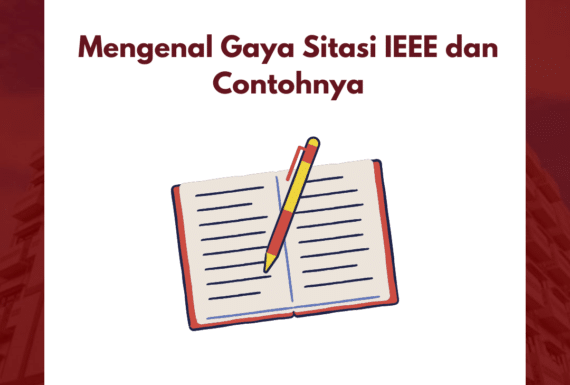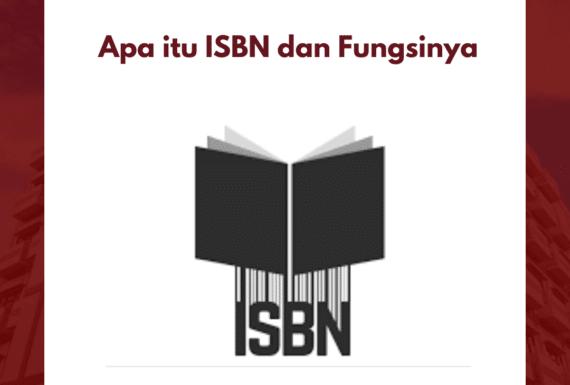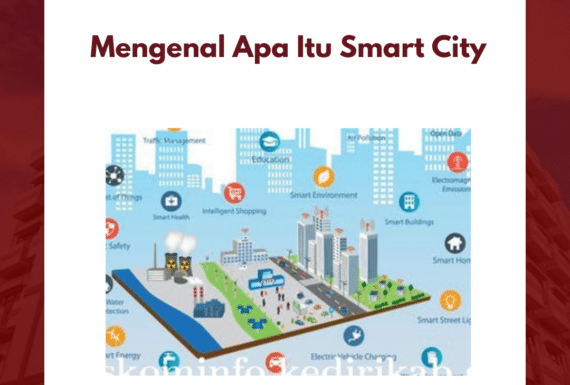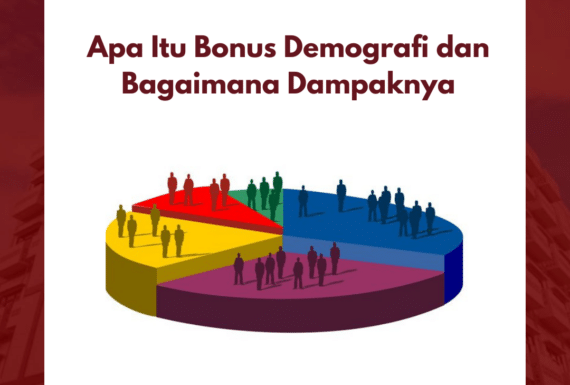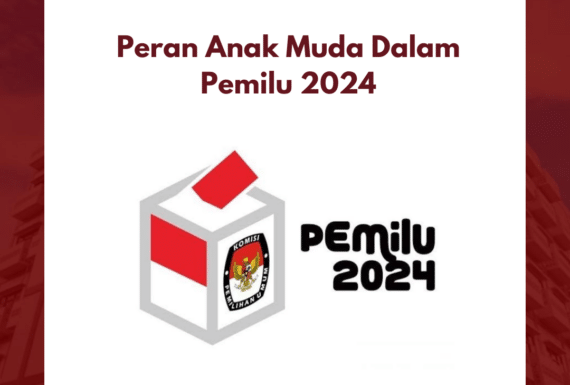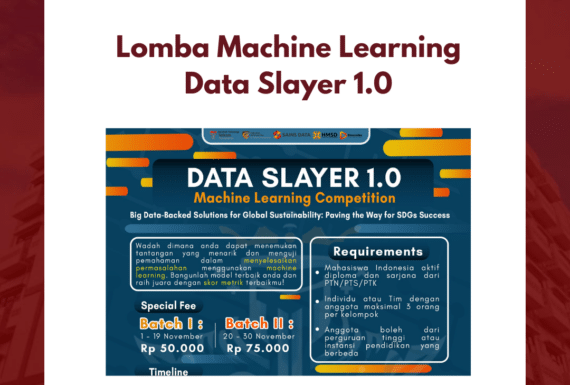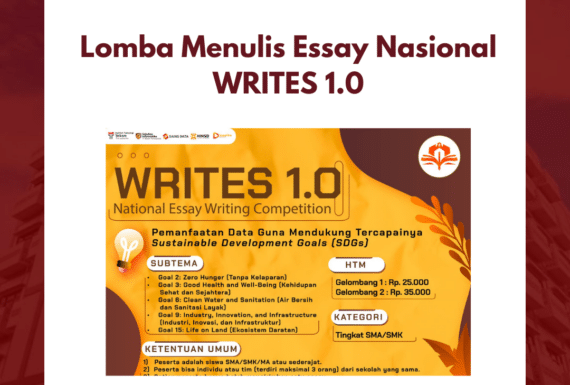The Future of Chatbot Healthcare Apps in Healthcare Industry
The medical chatbot matches users’ inquiries against a large repository of evidence-based medical data to provide simple answers. There are three primary use cases for the use of chatbot technology in healthcare – informative, conversational, and prescriptive. These chatbots vary in their conversational style, the depth of communication, and the type of solutions they provide. Machine learning applications are beginning to transform patient care as we know it.
A chatbot could now fill this role by offering online scheduling to any patient through its website or app. While there are many other chatbot use cases in healthcare, these are some of the top ones that today’s hospitals and clinics are using to balance automation along with human support. As the chatbot technology in healthcare continuously evolves, it is visible how it is reducing the burden of the already overburdened hospital workforce and improving the scalability of patient communication. Between the appointments, feedback, and treatments, you still need to ensure that your bot doesn’t forget empathy. Just because a bot is a..well bot, doesn’t mean it has to sound like one and adopt a one-for-all approach for every visitor.
Everything You Should Know of Healthcare Chatbot Development from the Expert
Healthcare chatbots can streamline the process of medical claims and save patients from the hassle of dealing with complex procedures. With their ability to understand natural language, healthcare chatbots can be trained to assist patients with filing claims, checking their existing coverage, and tracking the status of their claims. Today, chatbots offer diagnosis of symptoms, mental healthcare consultation, nutrition facts and tracking, and more. For example, in 2020 WhatsApp teamed up with the World Health Organization (WHO) to make a chatbot service that answers users’ questions on COVID-19. When using a healthcare chatbot, a patient is providing critical information and feedback to the healthcare business. This allows for fewer errors and better care for patients that may have a more complicated medical history.
The average patient spends a significant amount of time online researching the medication they’ve been prescribed. The world witnessed its first psychotherapist chatbot in 1966 when Joseph Weizenbaum created ELIZA, a natural language processing program. It used pattern matching and substitution methodology to give responses, but limited communication abilities led to its downfall.
Appointment Scheduling Chatbots
This means that the patient does not have to remember to call the pharmacy or doctor to request a refill. The chatbot can also provide reminders to the patient when it is time to refill their prescription. By working with hospitals’ social media accounts and supporting patients.
Around the country, million claim their healthcare insurance, and that is where an AI healthcare chatbot can make the entire process convenient. Speaking of chatbots, the global chatbot market was worth around 41 million US dollars in 2018. A forecast for 2027 tells us that it will cross 454 million US dollars and will impact a number of segments.
Not only can they recommend the most useful insurance policies for the patient’s medical condition, but they can save time and money by streamlining the process of claiming insurance and simplifying the payment process. While chatbots can never fully replace human doctors, they can serve as primary healthcare consultants and assist individuals with their everyday health concerns. This will allow doctors and healthcare professionals to focus on more complex tasks while chatbots handle lower-level tasks. They are likely to become ubiquitous and play a significant role in the healthcare industry. Patients can benefit from healthcare chatbots as they remind them to take their medications on time and track their adherence to the medication schedule. They can also provide valuable information on the side effects of medication and any precautions that need to be taken before consumption.
- DevTeam.Space programmers have extensive experience in securing sensitive data like patient’s medical history, mental health information, etc.
- They are continuously improved through user feedback and performance data.
- What’s most unique about HealthTap is its social approach to providing information.
Chatbots are also great for conducting feedback surveys to assess patient satisfaction. ChatBot guarantees the highest standards of privacy and security to help you build and maintain patients’ trust. Create a rich conversational experience with an intuitive drag-and-drop interface.
Virtual assistants’ key advantage is that they are available at any time. There are no sick days, bad days, or vacations; it works whenever you want it to. Chatbots’ key goal is to provide immediate assistance when clinicians aren’t available, so adding targeted information that can be delivered upon request will make an assistant more helpful. The AI-powered assistants have revolutionized patient care by providing plenty of benefits.
- A symptom assessment chatbot can also come in handy in emergency situations and assist in handling the case.
- But the unprecedented challenges in the past few years have shown how vulnerable the sector really is.
- Large healthcare agencies are continuously employing and onboarding new employees.
- A chatbot can also help a healthcare facility determine what types of insurance plans they accept and how much they will reimburse for specific services or procedures.
- This can be recalled whenever necessary to help healthcare practitioners keep track of patient health, and understand a patient’s medical history, prescriptions, tests ordered, and so much more.
You may find various datasets online, but you might also want to build your own. Once your necessary information is collected and the system is built, you can proceed to the next phase. At the start of Covid-19, most of the world was unaware of how to react and how to treat the infected individuals. This gave rise to a lot of misinformation that spread like fire in the jungle through digital means. Medical chatbots enabled authorities to rebut such news by providing the correct information. Mental issues have been surmounting, and there is no way better to deal with them than intelligent software programs.
Data Safety
HealthLoop realized this need to evaluate patients in their post-surgical state by creating an interview chatbot. If the user begins describing symptoms it encourages them to call a patient support hotline. Second, medical content is “prescribed.” Ariana’s distributed by partnerships with pharmaceutical companies. This means that a lot of the conversation had with this bot aligns with the medicine the technology supports.
Not only do these responses defeat the purpose of the conversation, but they also make the conversation one-sided and unnatural. While this may be correct, it comes off as an insensitive response for a user with an anxiety disorder. Furthermore, it may not be accurate at all, as there may be other factors predisposing the user to frequent panic attacks. This is an open-access article distributed under the terms of the Creative Commons Attribution License (CC BY). No use, distribution or reproduction is permitted which does not comply with these terms.
How are healthcare chatbots gaining traction?
While these can be not very accurate in some cases, the technology has shown to be critical in many situations. Chatbots have a great use for healthcare solutions in a number of micro-niches. AI-powered chatbots use natural language processing technology to interpret the meaning and intent of what your patient is asking in real time to provide the most natural, helpful response. With the increasing reliance on AI in healthcare and the growing patient trust in chatbots, the market size of chatbots in healthcare will skyrocket in the coming years.

Watsonx Assistant AI chatbots can field a full range of patient inquiries and respond with intelligent, actionable recommendations and patient guidance in real time. And any time a patient has a more complex or sensitive inquiry, the call can be automatically routed to a healthcare professional who can now focus their energy where it’s needed most. With the ehealth chatbot, users submit their symptoms, and the app runs them against a database of thousands of conditions that fit the mold. This is followed by the display of possible diagnoses and the steps the user should take to address the issue. This ai chatbot for healthcare has built-in speech recognition and natural language processing to analyze speech and text to produce relevant outputs. Furthermore, hospitals and private clinics use medical chatbots to triage and clerk patients even before they come into the consulting room.
What are Chatbots in Healthcare? – Software Advice
What are Chatbots in Healthcare?.
Posted: Fri, 14 Jul 2023 07:00:00 GMT [source]
Now several providers change this segment into an interactive chatbot feature on their homepage dedicated to answering basic queries. Hospitals and clinics do this for making data discovery easier for users. For patients like this, they can utilize a conversational health bot as an outlet for discussing their feelings. In case their requirements go beyond the bot’s capacities, a healthcare expert can simply take over and step in while being capable of referencing the interactions between the chatbot and the patient. Chatbot developers must use different chatbots for involving and offering value to their audience.
Read more about https://www.metadialog.com/ here.
United Nations Creates Advisory Body To Address AI Governance – Slashdot
United Nations Creates Advisory Body To Address AI Governance.
Posted: Fri, 27 Oct 2023 16:01:23 GMT [source]



